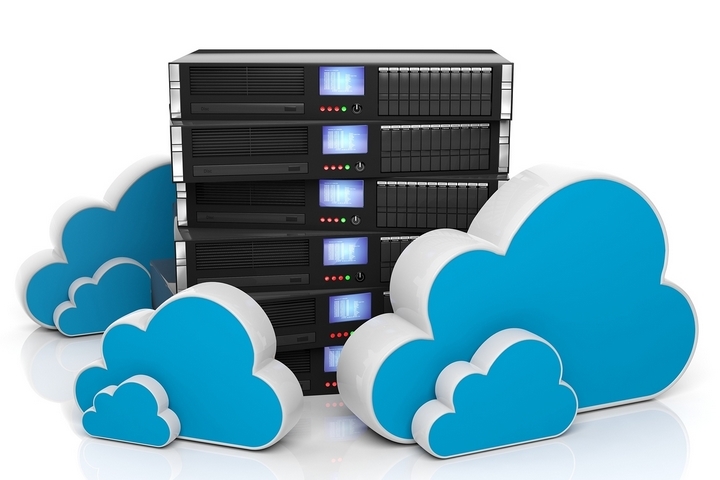Keeping this data secure becomes a top priority as more of our files, photos, and documents move online. Cloud storage makes data easy to access from anywhere, which is handy. Yet, it can also lead to security problems. Keeping your information safe on the cloud doesn’t have to be hard, but it does require some essential steps and practices.
Here are some tips on how to protect cloud storage data:
Cloud Storage Services

When choosing a cloud storage service, it’s essential to research the security features offered by each provider. Reputable cloud services often have robust security measures like encryption, multi-factor authentication, and regular security audits. Encryption is essential, as it scrambles your data, making it unreadable to anyone without the correct decryption key.
Cloud storage services may also offer features like end-to-end encryption, which ensures that only you and the people you share data with can access the information. Selecting a service that prioritizes security can make a big difference in safeguarding your files. Don’t hesitate to explore each provider’s privacy policies and security features before committing.
Use Unique Passwords

Creating a unique password is essential for safeguarding online data, especially when using cloud storage. A good password usually mixes uppercase and lowercase letters, numbers, and special symbols. Avoid easily guessed details like birthdays, common words, or simple patterns, as they make it easier for unauthorized users to break into your accounts.
Also, try using a different password for each online account you have. This way, a security problem on one account won’t affect the others. If remembering many complex passwords seems overwhelming, a trustworthy password manager can help keep track of them securely.
Enable Two-Factor Authentication (2FA)

Two-factor authentication (2FA) is another essential tool for enhancing cloud data security. 2FA adds an extra layer of protection by requiring a second form of verification, such as a code sent to your phone, in addition to your password. This additional step makes it significantly harder for unauthorized users to access your cloud storage, even if they somehow obtain your password.
Many cloud storage providers now offer 2FA, and enabling it is usually straightforward. Taking a few minutes to set it up can make a substantial difference in securing your data and ensuring you’re the only one who can access it.
Monitor and Update Permissions

It’s easy to lose track of who has access to your cloud storage, especially if you frequently share files with others. Regularly reviewing permissions can help you stay aware of who can view or edit your data. Remove access for any users or devices that no longer need it to minimize the risk of accidental data leaks or unauthorized access.
Permissions management becomes important if you use cloud storage in a professional or collaborative environment. It’s a good practice to periodically review all shared links and permissions and adjust them as necessary. Limiting access to only essential individuals can go a long way in protecting sensitive data.
Backup Important Files

Even with cloud storage, it’s wise to maintain backups of your most important files. Having a backup stored on an external hard drive or another secure location adds an extra layer of protection. If there’s ever an issue with your cloud provider or accidental deletion of files, having a local copy can save time and reduce stress.
It is also crucial to regularly update these backups. Set a schedule to back up your files weekly or monthly, depending on how frequently you update them. At the same time, it may seem like an extra step, but having a local copy of your data gives you more control over your files, no matter what happens with your cloud account.
Public or Shared Networks

Accessing cloud storage over public Wi-Fi or shared networks can expose your data to potential security risks. Public networks are often less secure, making it easier for hackers to intercept data. If you must access your cloud storage on a public network, consider using a Virtual Private Network (VPN). A VPN encrypts your internet connection, providing additional security online in public spaces.
Being mindful of where you access your cloud storage is a simple yet effective way to secure your information. For optimal safety, try to limit access to your cloud data from trusted, private networks.
Avoid Storing Sensitive Information

Storing information in the cloud is handy, but it might not be the safest option for your personal details like financial records or ID documents. If you need to keep these files in the cloud, encrypt them before uploading. Some cloud services let you encrypt files on your device first.
To keep susceptible data secure, you could also keep it offline or use an encrypted external drive. This ensures that even if someone breaks into your cloud storage, your most private information stays protected and out of reach.
Update and Patch Software

Using outdated software can make your cloud data vulnerable. By keeping your apps, devices, and operating systems up to date, you ensure they have the latest security patches and improvements. Cloud storage providers often release updates to tackle possible weaknesses, so turning on automatic updates or setting reminders to check for updates can help keep your data safer.
Updating all the software on devices that access your cloud storage reduces the chances of security breaches. Though it might seem small, this often-overlooked habit can protect your data.




